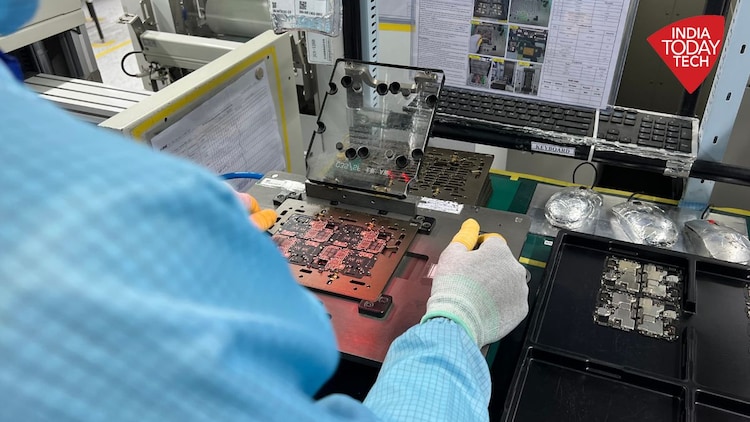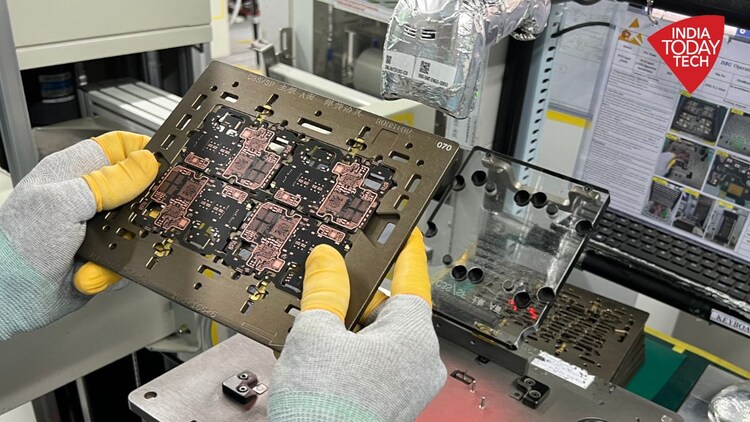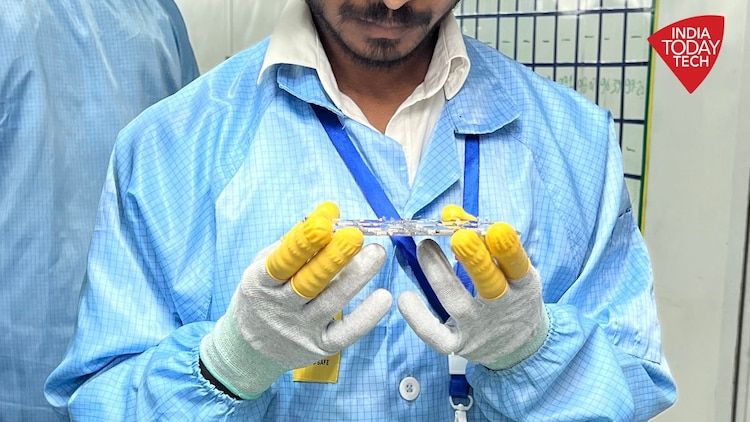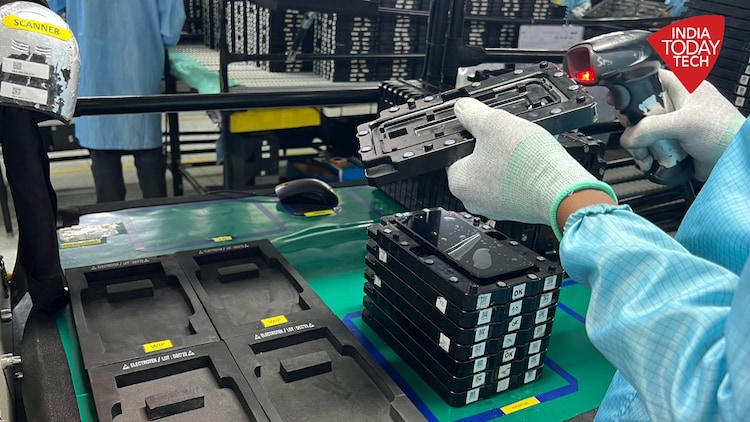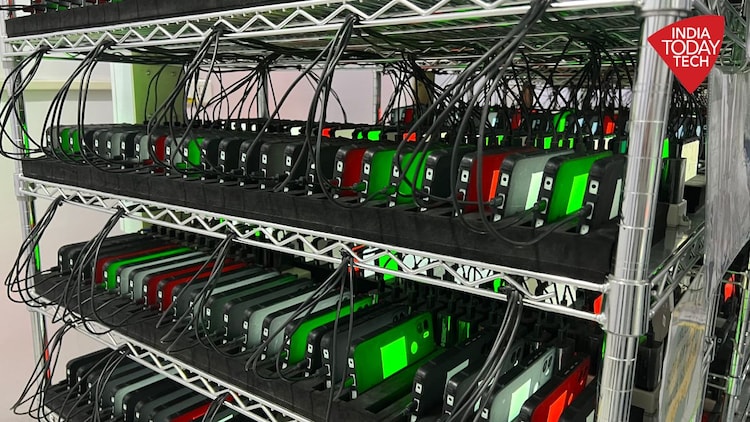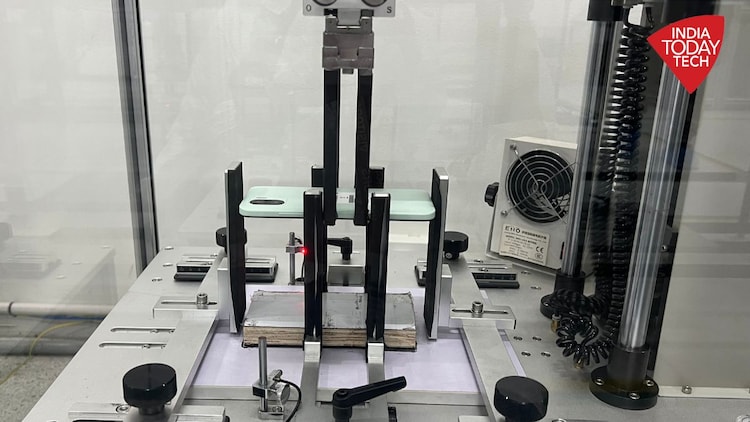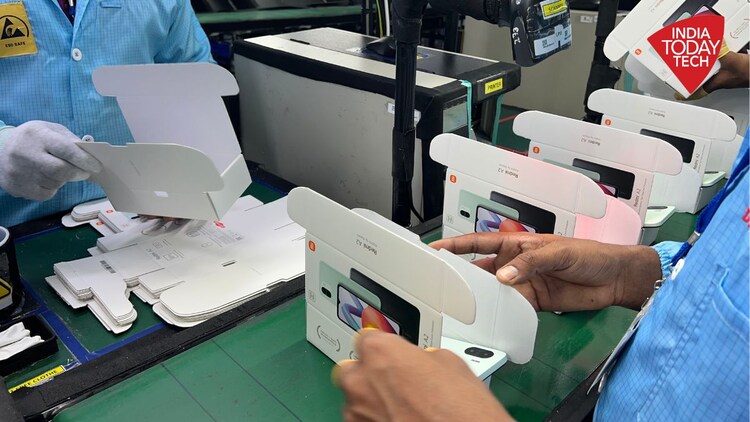
How are Redmi phones made in India? This factory tour will give you a glimpse
Most of the affordable Xiaomi/ Redmi phones are made -- read assembled -- in India. Now, have you ever thought about how these smartphones are manufactured and all that goes behind building these devices? If you have, take a look at our tour of a factory where Redmi is making the Redmi A2 Plus.
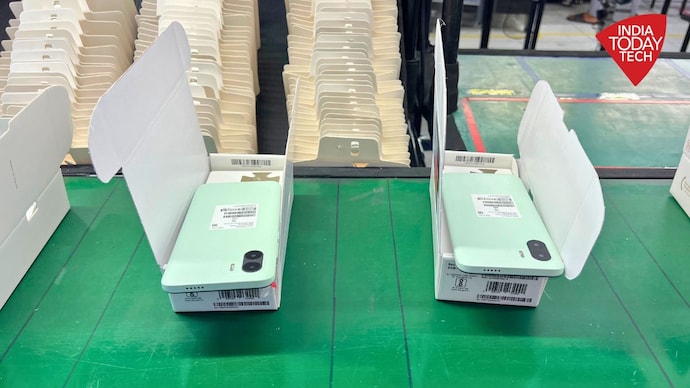
In Short
- Xiaomi is one of the top smartphone manufacturers in India.
- Around 99 per cent of Xiaomi phones are assembled in the country.
- The first step in making these phones is to build PCBs.
Xiaomi is one of the top smartphone manufacturers in India, although from the high of No 1 the company has come down a notch or two in recent months. Yet, a notch down or two, the company still sells millions of phones in India. Now, have you ever wondered how these phones are manufactured? What goes behind making these phones? How long does it take to make a smartphone? Well, I had similar questions in mind on my way to DBG India’s manufacturing unit in Bawal, Haryana. Here is the factory where several Xiaomi phones are manufactured. One of them is the recently launched entry-level Redmi A2 Plus.
The former Xiaomi India head Manu Jain in 2021 said that around 99 per cent of Xiaomi phones are assembled in the country. In fact, Xiaomi was one of the first phone companies to ramp up local manufacturing. Today, the company makes most of its products in India. Only the top-end flagship phones, such as the Xiaomi 13 Pro and a few others, are imported as complete units from China. Most of the affordable Xiaomi and Redmi phones are made -- read assembled -- in India, even if most of their components come from other countries, including China and S Korea.
I recently got the opportunity to visit DBG India’s manufacturing unit in Bawal, Haryana, which is where the Redmi A2 series phones – the Redmi A2 and A2 Plus – are made. There is a separate assembly line for making Redmi and Xiaomi phones in the plant because DBG also makes phones for some other brands.
The first step in making the phone is to build PCBs (printed circuit boards), which are assembled through dedicated machines supervised by human workers. These PCBs are then tested multiple times through dedicated machines to ensure flawless quality. Some of these steps include the placing of the battery connector, antenna switch, RF (Radio Frequency) circuit, audio circuit, power management IC, memory IC and so on. Once these components are placed, the PCBs are then approved with a "GOOD" remark and passed to the next manufacturing process. The PCBs that are not built properly or lack quality are rejected and receive a "REJECTED" remark in red. These poorly built PCBs are sent back in the assembly line where the flaws in them are fixed and when they clear the quality check they are again moved to the next process.
Next comes the step where the phone – Redmi A2 Plus in this case – is assembled. It should be noted that the DBG plant primarily assembles phones and not all mobile parts are built in this factory. So, now the next step is to assemble all parts of the phone and build the final product. In this area, there are dedicated workers for adding and checking each component of the phone. For instance: there's one worker to add and paste the display while the next counter on the assembly line checks whether the screen is placed in the right manner or not. Each human check is followed by a machine check.
For Redmi A2 Plus – we are assuming that most of these affordable phones are built in the same process – first, the components are all placed together, starting with the display and then the camera, mic, battery, and more. The phone undergoes a scanning process after each component is added to ensure proper placement. I was particularly fascinated by the way the camera is assembled. The phone’s camera is assembled inside a special enclosure, which is designed to be dust-free. The factory tour guide told India Today Tech that there are humidifiers inside the enclosure that run continuously to keep dust settled so that none gets into the camera lenses.
Next is the testing process, where the phone’s display, camera, battery, charging and all other aspects are powered on and tested thoroughly. These tests are conducted by workers manually and then there are certain machine tests as well. One of the most crucial tests is the ageing test where the assembled phones go through a treacherous test. During this test, multiple phone components, such as the camera, speakers, and display, are tested simultaneously.
Next comes the most exciting step: the durability test. There's a separate area designated for conducting the test, which I found quite fascinating. There is a host of equipment to test the durability of the Redmi phone. These machines rigorously test each phone by subjecting the device to impacts from various angles. The devices are also dropped from certain heights to check for their durability.
Next the phone undergoes a final check – both manual and machine – and gets approval for packaging. Notably, the factory workers manually handle all the packaging, although the packaging boxes themselves are printed beforehand and not in the factory.
All in all, a lot of hard work, labour, and thought goes into manufacturing a smartphone. For Xiaomi, most of its phones are assembled in India except the top-end models like the Xiaomi 13 Pro. Such flagship phones are still imported from China.


